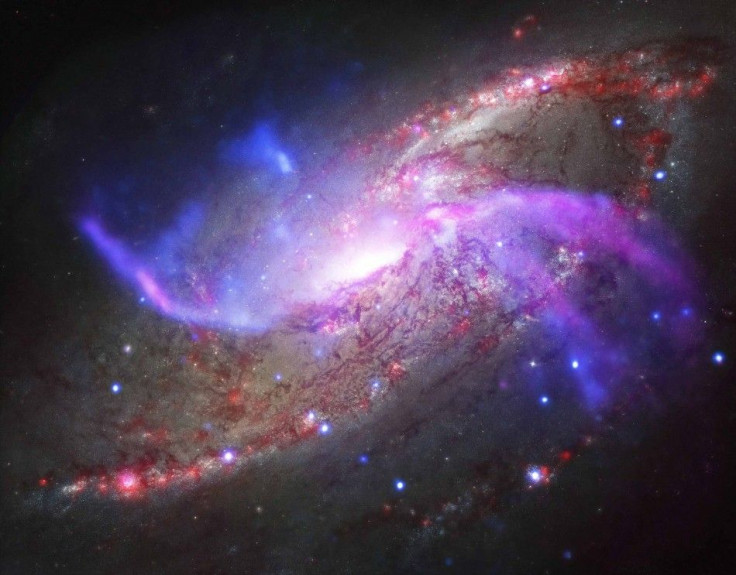Astronomers Give Name To Larger Group Of Galaxies Which Includes The Milky Way

A network of galaxies including the Milky Way were outlined and named by astronomers as Laniakea.
The word 'Laniakea' means 'immense heaven' in Hawaiian, according to a news released by the National Radio Astronomy Observatory.
The outlining and naming of the galaxies was added a new line to our cosmic address, defining our place in the universe, reported by The New York Times. Galaxies have a tendency to cluster up and then move in large network called superclusters. Astronomers had trouble to differentiate one supercluster from another.
High-powered telescopes like the Green Bank Telescope in West Virginia that is the world's largest fully steerable radio telescope, were used by a team of astronomers to trace the outline of the supercluster of Milky Way in addition to mapping the motions of neighboring galaxies of importance to the Earth. With the help of data about which galaxies were pulled toward and away from us, the scientists could draw a circle around the galaxies that constitute Lanikea.
Lanikea measures 500 million light years and has a mass of 100 quadrillion times more than that of the sun. Our galaxy, Milky Way, is resting on the outskirts of the supercluster.
The lead author of the study from the University of Hawaii, R. Brent Tully, said that the new method that was used to measure the supercluster will be used in the future to measure other galactic networks in addition to establish linkages that are not recognized among various galaxies. He said that they are going to use it on a bunch of scales to observe the components within the supercluster and outline other adjacent superclusters. They are currently exploring a mini-supercluster that they found adjacent to ours but have not chosen a name for it yet.
R. Brent added that they have established the contours that define the supercluster that they can call home. He said that this is very similar to finding out for the first time that one's hometown is a part of much larger country that borders other nations as well.
The study is published in the Sept. 4 issue of the journal, Nature.




















